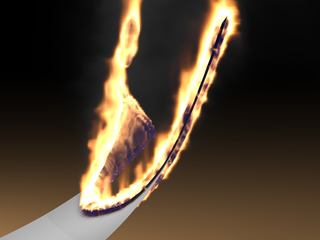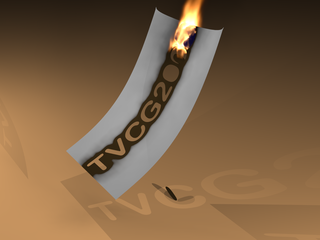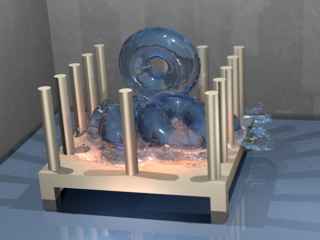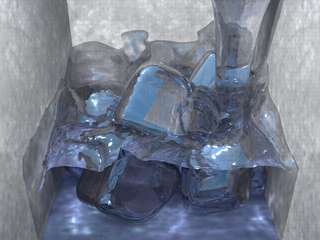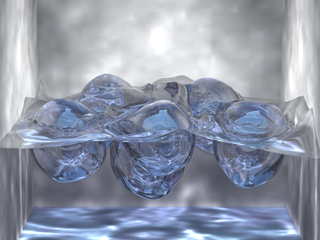Melting and burning solids into liquids and gases
Abstract
We propose a novel technique for melting and burning solid materials including the simulation of the resulting liquid and gas. The solid is simulated with traditional mesh-based techniques (triangles or tetrahedra) which enable robust handling of both deformable and rigid objects, collision and self-collision, rolling, friction, stacking, etc. The subsequently created liquid or gas is simulated with modern grid-based techniques including vorticity confinement and the particle level set method. The main advantage of our method is that state of the art techniques are used for both the solid and the fluid without compromising simulation quality when coupling them together or converting one into the other. For example, we avoid modeling solids as Eulerian grid-based fluids with high viscosity or viscoelasticity, which would preclude the handling of thin shells, self-collision, rolling, etc. Thus, our method allows one to achieve new effects while still using their favorite algorithms (and implementations) for simulating both solids and fluids, whereas other coupling algorithms require major algorithm and implementation overhauls and still fail to produce rich coupling effects (e.g. melting and burning solids).
